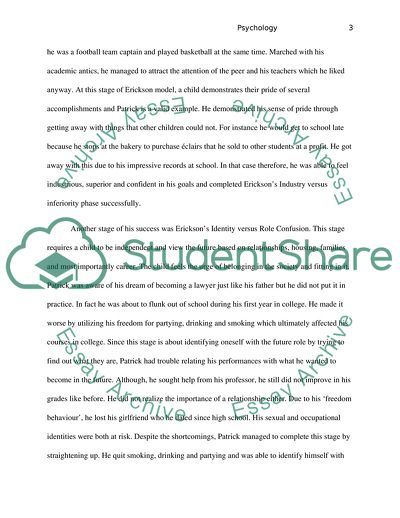Cite this document
(Personality in Miscellaneous Theories Assignment Example | Topics and Well Written Essays - 1750 words, n.d.)
Personality in Miscellaneous Theories Assignment Example | Topics and Well Written Essays - 1750 words. https://studentshare.org/psychology/1854078-written-analysis-case-48
Personality in Miscellaneous Theories Assignment Example | Topics and Well Written Essays - 1750 words. https://studentshare.org/psychology/1854078-written-analysis-case-48
(Personality in Miscellaneous Theories Assignment Example | Topics and Well Written Essays - 1750 Words)
Personality in Miscellaneous Theories Assignment Example | Topics and Well Written Essays - 1750 Words. https://studentshare.org/psychology/1854078-written-analysis-case-48.
Personality in Miscellaneous Theories Assignment Example | Topics and Well Written Essays - 1750 Words. https://studentshare.org/psychology/1854078-written-analysis-case-48.
“Personality in Miscellaneous Theories Assignment Example | Topics and Well Written Essays - 1750 Words”. https://studentshare.org/psychology/1854078-written-analysis-case-48.


